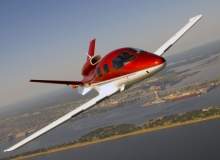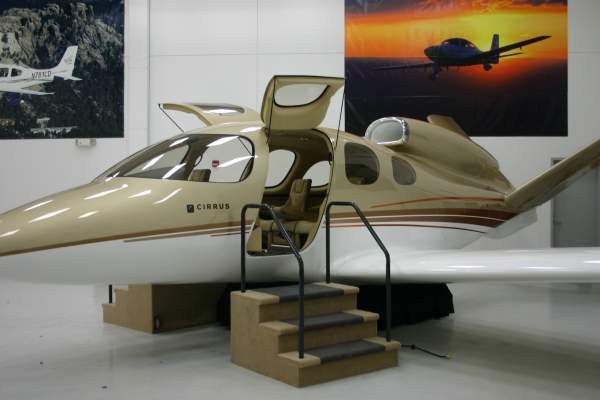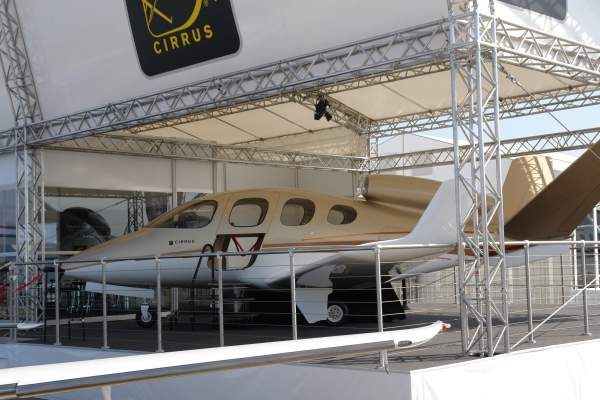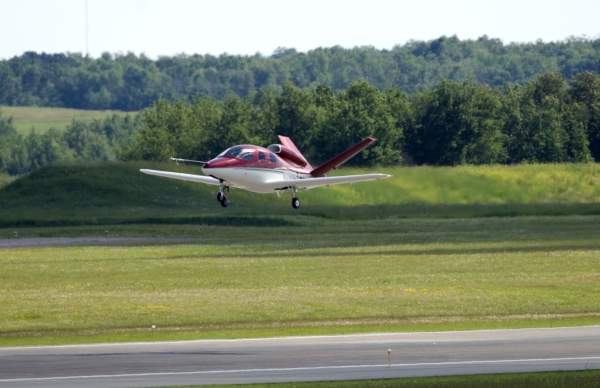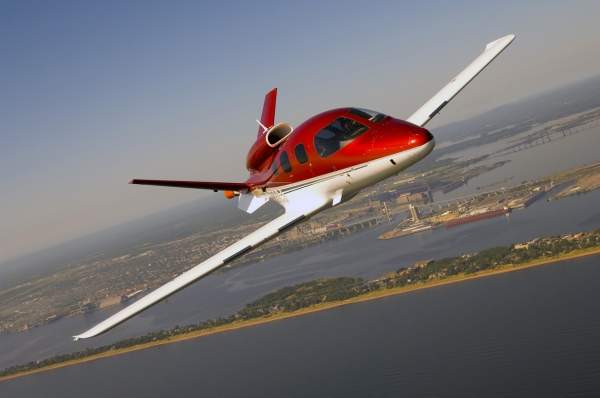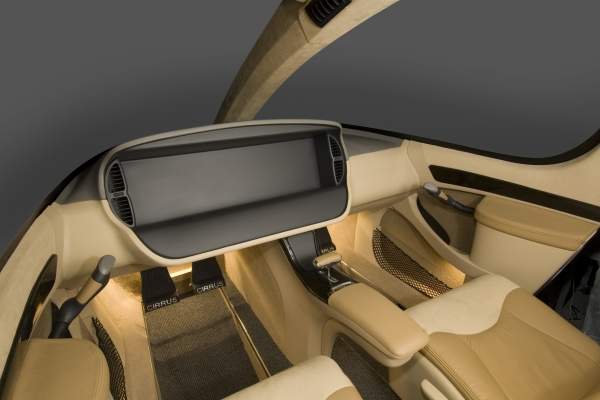Cirrus Vision SF50 is a seven-seat, single engined light business jet designed and manufactured by the Cirrus Design Corporation (CDC), US.
The development of the SF50 began in 2000 with the requirement of a light personal jet destined for single pilot operation market. The design work began in June 2006.
In December 2007, CDC took on lease a 189,000ft2 Northwest Airlines hangar at Duluth International Airport to utilise it as the production facility for its Vision SF50 project.
The aircraft was initially built under the name ‘The Jet’, but it was christened Vision SJ50 in July 2008. It was renamed as Vision SF50 in March 2009.
The maiden flight of the aircraft took place on 3 July 2008. The aircraft is expected to enter service in 2012.
CDC was acquired by China Aviation Industry General Aircraft (CAIGA), a subsidiary of state-owned Avic, in June 2011.
Orders and deliveries of the Cirrus Vision SF50
Cirrus Vision SF50 has 431 orders with the first delivery expected to take place in 2012.
Features of the US light business jet
The Cirrus Vision SF50 has a low wing monoplane design and is made up of carbon fibre composite materials. The aircraft can operate both during day and night, as well as in hostile environments.
It features Cirrus airframe parachute system (CAPS), an ice protection system, a large belly section, a dual ventral fin, a vapour cycle air conditioning system, an onboard oxygen generating system, an optional lavatory, a satellite phone, a lightning detection and a ski tube.
The aircraft is fitted with a ballistic recovery system, an emergency egress hatch, retractable landing gear, tinted windows, stick pusher, a single piece cabin pressure vessel, environmental control system and a parachute in the large pointed nose section.
Flight deck and cabin of the seven-seat single engined light business jet
An all-digital flight deck accommodates a pilot. The Vision SF50 features a pressurised cabin within a single piece carbon shell. The cabin can conciliate six passengers in three rows in an abreast seating configuration. It has an optional seat between the second and the third row.
The cabin is 3.33m long, 1.56m wide and 1.24m high. It features a 0.88m3 baggage compartment at the aft fuselage section for placing luggage of passengers.
The length, width and height of the baggage compartment are 0.91mX1.22mX0.79m.
The SF50 was initially integrated with L-3 SmartDeck avionics suite which was later superseded with Garmin G1000 avionics package. Garmin Avionics was selected as the prime contractor for avionics package by CDC in March 2009.
The avionics suite equipped in the SF50 encompasses 12-inch dual attitude heading reference system (AHRS) screens, dual wide area augmentation system (WAAS), global positioning system (GPS), active traffic system, XM Radio, twin air data computer (ADC), Mode S transponder, audio and phone inputs, 3-axis digital A/P, ADL and SD card data processing.
Other avionics installed include a second Mode S transponder, automatic direction finder (ADF), distance measuring equipment (DME), enhanced vision systems (EVS) and a terrain awareness and warning system (TAWS) to alert the pilot regarding potential conflicts with obstacles and terrains.
Engines on the Cirrus Design Corporation’s (CDC) jet
The Cirrus Vision SF50 is powered by a single William FJ33 turbofan engine rated at 8.5kN of maximum thrust. The engine is designed and manufactured by US-based engine manufacturer William International.
It is equipped with a dual stage low pressure turbine, a centrifugal high pressure compressor, a single stage high pressure turbine, a single stage fan and an annular combustor.
The length and diameter of the engine are 0.97m and 0.53m respectively. The dry weight is 140kg. The time between overhaul (TBO) of the engine is 4,000 hours.
CDC contracted AMETEK Aerospace & Defense in August 2010 to supply MG94 Series Starter Generator and CG201 Series Generator Control Unit for installation in the Vision SF50 aircraft.
Performance of the Cirrus Vision SF50 light business jet
The SF50 can fly at a maximum speed of 555km/h. Its stall speed is 111km/h. The service ceiling is 8,500m. The take-off and landing distance of the aircraft are 492m and 379m.

